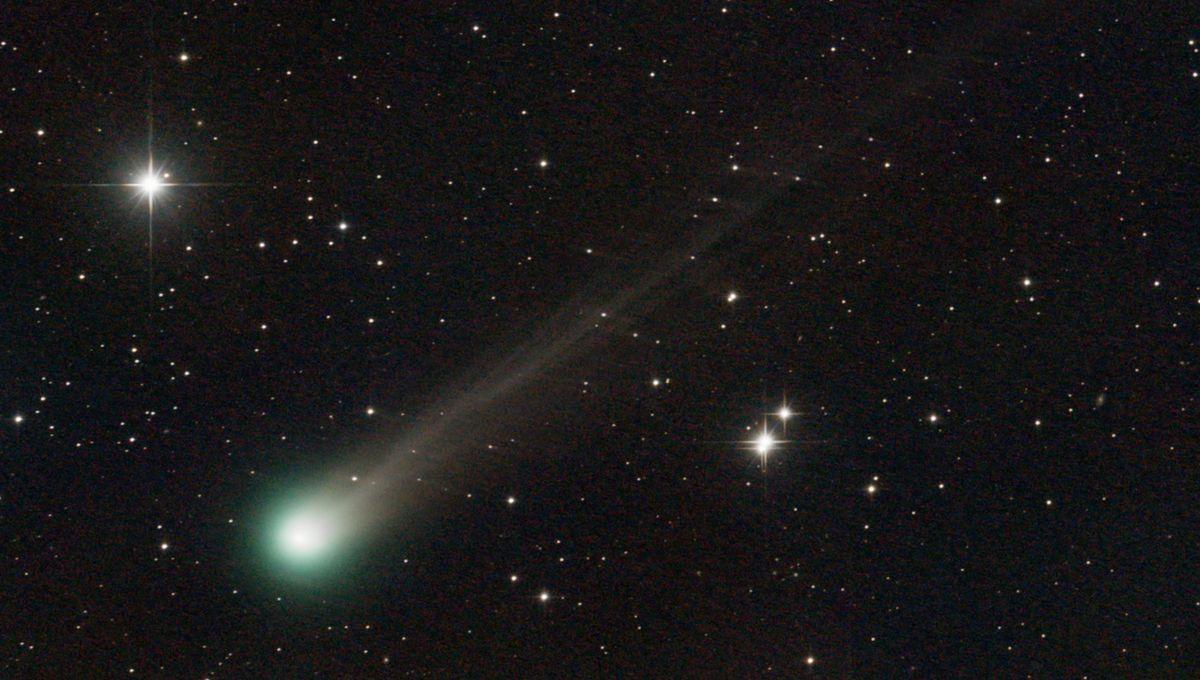Perhaps comets are like buses, because this month, there are three that are easily observable at once. In what looks like part of the marketing campaign for Wicked, they are also all green. And yes, if you care to find them, look to the western sky (at least for another few days). The three comets are C/2025 A6 Lemmon, C/2025 R2 Swan, and C/2025 K1 ATLAS, all discovered just this year.
The rest of this article is behind a paywall. Please sign in or subscribe to access the full content. The major point of interest will be Comet A6 Lemmon, which is expected to become bright enough to not only be visible with binoculars or a small telescope, but also visible to the naked eye. On October 21, the comet will be closest to Earth, and it is an excellent time to see it, as it will be quite bright and getting brighter. Just a few days later, on November 8, it will experience the closest passage to the Sun. The comet was discovered at the beginning of the year, but there were not great expectations about it becoming so bright. Then in August, it started to rapidly brighten, and now we are in for a treat. While it might not become an icon like the Great Comet of 1997, its visibility will make it the best of the year. You can find it after sunset, looking west. C/2025 R2 SWAN was only discovered a few weeks ago, literally one day before getting to its closest point to the Sun. We didn’t see it before because the glare of the Sun was hiding it. It was, in fact, discovered by the SWAN instrument onboard NASA's Solar and Heliospheric Observatory (SOHO). While it won’t become brighter than this, now moving away from the Sun, it will get close to Earth. The nearest point is on October 20, when the comet will be 39 million kilometers (24 million miles) from us. This second green comet will also be visible in the west after the Sun sets. For this one, you’ll need something with a bit of magnification, though. Last but not least, our third green comet, C/2025 K1 ATLAS, which is not nearly as bright as the other two, but is getting brighter as it too is approaching its closest passage to the Sun. The difference can be seen in two stunning Astronomy Photo Of The Day (here and here) photos capturing SWAN and ATLAS racing. This one will be best seen before dawn in the coming weeks. If we want to throw in a fourth green comet, then you’ll be happy to know that our third interstellar visitor, comet 3I/ATLAS, has also recently abandoned its crimson hue to become emerald. It seems that, for comets, it is easy being green.






